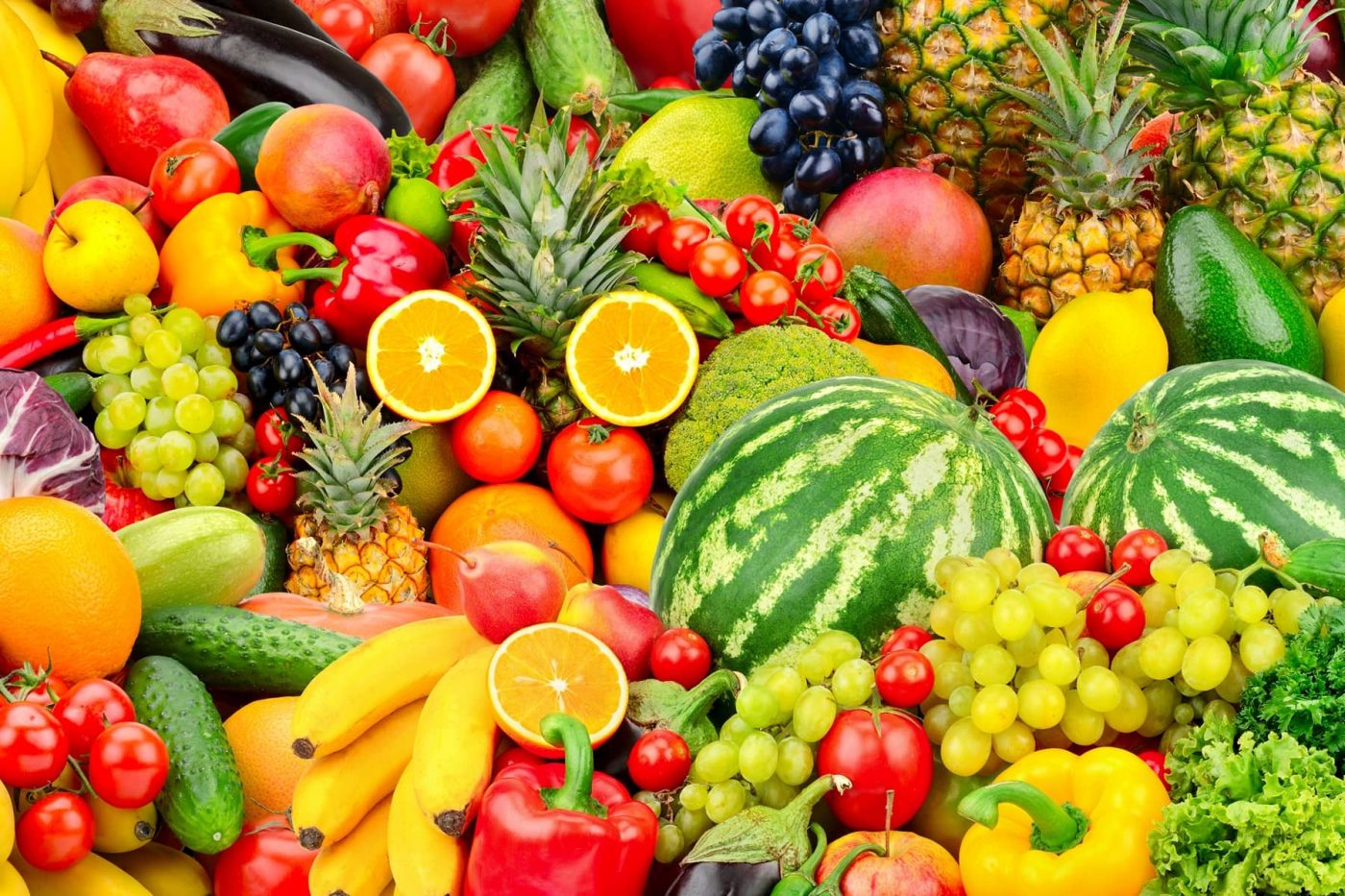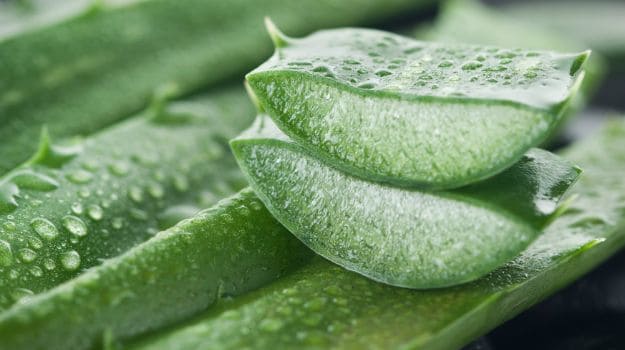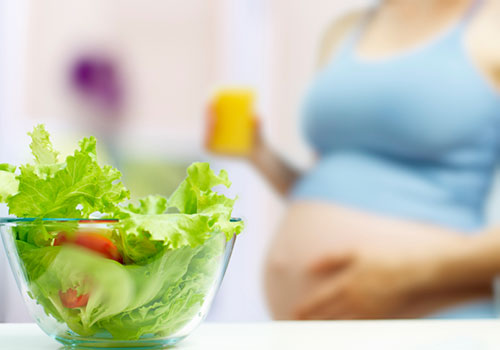Does the word Diet make you think of unpleasant weight-loss regimen? Forget it, Diet also refers to the food and drink a person consumes daily and the mental and physical circumstances connected to eating. Eating nutrition give you beautiful body not just outside but also inside.

Nuts are highly nutritious and are replete with countless health-benefiting properties. They are rich in healthy fats and fibre and are a powerhouse of energy. Having a handful of nuts everyday can boost bodily health in a number of ways. Walnuts, for their nutrient-rich profile, could be beneficial for you, especially if you are looking to lose some weight. But how can walnuts, which contain fats in large quantities, be helpful in shedding fat? You may ask. The fats present in walnuts are good fats that aid in weight loss rather than wrecking it.
Apart from various other benefits, walnuts are advised to be eaten if you are watching your waistline. Let's see how walnuts can help in shedding off excessive kilos.
Why Walnuts Are Good For Weight Loss?
1. Unlike other nuts with monounsaturated fats, walnuts contain high levels of polyunsaturated fats (PUFAs), which are healthy fats that keep cholesterol in check and promote overall wellness of the body.
2. Alpha-linolenic acid, or ALA (a form of omega-3 fatty acids) present in walnuts are known to promote heart health and prompts the body to burn fat quickly.
3. It is believed that walnuts stimulate the right insula - a region in the brain - that regulates appetite and controls food cravings.
4. A study published in the journal Nutrients claims that people can manage their weight in a better way if they eat around 300 calories of walnuts regularly.
5. The same study suggests that a diet rich in polyunsaturated fats (PUFAs) lowers down the level of a hormone called ghrelin, which signals the body to feel hungry.
6. Eating walnuts gives rise to the quantity of peptide YY (PYY), a hormone that increases satiety and makes the stomach feel full for a longer time.
7. An antioxidant compound called ellagic acid reduces inflammation and keeps the gut healthy and running smoothly. This leads to improved metabolism rate, which in turn, eliminates extra calories and fat faster.
The combination of powerful nutrients like vitamin A, vitamin D, omega-3 fats, proteins, antioxidants, plant sterols, manganese and copper, found in walnuts, fuels the body with sufficient nourishment and keeps hunger pangs away. All in all, walnut is an all-encompassing food and consuming a bunch of walnuts every day may help you meet your weight loss goals.

Diabetes is emerging to be one of the most prevalent health conditions around the world. According to a study, around 98 million Indians are at risk of developing diabetes by the year 2030. Diabetics need to be very cautious with what they include in their diet. While we know that junk food, processed food, and sugary goods can cause immense blood sugar fluctuations, but did you know that some of the healthiest fruits too could take your blood sugar levels for a toss. You must have heard of starchy and non-starchy foods. If you are a diabetic, you must know about the carb content of the fruits that you're eating. Here are some tips you should know about if you are planning to include different types of fruits in your diabetes diet.
1. Go for fruits with low glycemic index: The glycemic index (GI) is a relative ranking of carbohydrate in foods according to how they affect blood glucose levels. Eating high glycemic index foods tend to spike your blood glucose levels. On the other hand, consuming foods that have low GI index enables slow release of sugar in the bloodstream. Fruits like guavas, apples, pears, and grapefruit are all low glycemic fruits you can have in moderation.
2. Do not go for overripe fruits: Overripe fruits tend to be much denser in sugar than the raw or perfectly ripe ones. Therefore, it is best to avoid them if you are a diabetic.
3. Some healthy fruits can also prove to be risky: Fruits are indeed a healthy addition to any diet, but sometimes even the healthiest of fruits could cause an upsurge in blood sugar levels. Fruits like melons, watermelons, mangoes and chikoo are packed with healthful nutrients and antioxidants, but diabetics need to be very careful with these fruits as they also have high natural sugar content. If you like to snack on these fruits, make sure you balance them well with low-carb, low-sugar fruits and nuts too.
4. Do not juice your fruits: It is best to eat your fruits whole. It is a good way to ensure that all good fibres are going inside your body. Fibres take the longest time to digest; since they take a while to breakdown and metabolise, fibre tends to prevent sugar spikes. If you juice your fruits, you lose out on a considerable amount of fibres. It is also a wise idea to avoid market-based juices as they are often concentrated with sugar and artificial sweeteners.
5. Try to have fruits with their peel on: Fruit peels contain a significant chunk of fibres; hence, you should try to have fruits with their peel on, whenever and wherever you can. For instance, apples, pears, guava, plums should be consumed without peeling.
6. Diabetics should not have dried fruits like raisins, prunes, dried peaches. According to consultant nutritionist Dr. Rupali Datta, "One should ideally avoid dry fruits as they are concentrated versions of fresh fruits. Naturally then, in these concentrated forms, everything goes up. The sugar levels, the glycemic index."
Take note of these points, and if you happen to see any abnormal fluctuations in your blood sugar levels, consult an expert.

Aloe vera is one of the most well-known and widely used plants that is known for its medicinal and general health benefits. It is not only considered great for health of the body, but is also said to be great for the skin and hair. Also known as ghritkumari in Hindi, aloe vera has found widespread acceptance around the world, due to its many incredible health benefits, as well as relative ease of growing it. Aloe plants can be found in the kitchen gardens and indoor potted plant gardens of numerous houses, because the plant grows easily and quickly. It requires minimal care and the gel from the leaves, which is the main edible part, can also be easily extracted and put to various uses.
A lot of people only use aloe vera and its products to improve the quality of their skin and hair. Aloe vera juices are widely available in grocery stores and online. But aloe vera is said to be at its nutritional best, when consumed raw and unprocessed. This is why it is grown at homes and often used in foods and drinks. It has a mild herbaceous flavour and almost a neutral taste, which is what makes it a healthy ingredient to add to your diet. Let's look at the health benefits of aloe vera, before looking at the various ways that we can add it to our diets.
Aloe Vera Nutrition and Health Benefits
1. Rich in Antioxidants:
Aloe vera is said to have a number of antioxidant and anti-inflammatory properties, due to the abundance of plant compounds polyphenols in it. Aloe vera, both when applied topically and consumed, can improve your skin and hair quality.
2. Boosts Digestion:
Aloe is said to be great for ensuring smooth functioning of the digestive system. According to the book, 'Healing Foods' by DK Publishing House, aloe has laxative properties and is great for improving and balancing intestinal flora. This means that it increases the levels of good bacteria in the gut and expels harmful parasites from the digestive tract.
3. May Help Diabetics:
Some human and animal studies have shown that aloe vera may help people suffering from Type-2 diabetes by enhancing insulin sensitivity and may help manage blood sugar levels. However, this benefit may need more research before it can be established as a fact.
4. May Promote Weight Loss:
Consuming aloe vera may also help a person manage their weight. The gel is known to have detoxifying, anti-inflammatory and antioxidant properties. It is also known to boost immunity and digestion, which may indirectly help in weight loss.
How To Consume Aloe Vera
1. Juice it: The easiest way to consume aloe vera is to juice it. Cut your aloe leaf into small sections, remove the upper bright green layer of the leaf and then scoop the gel out. Make sure the thin yellowish latex layer between the leaf and the gel is also removed. Wash the gel and add it to food processor along with coconut water/plain water and a little honey for sweetening, and blend. You can add your favourite juices including apple or cucumber juice to the mix.
2. Add the leaves to salads: Apart from the gel, aloe vera leaves are also generally considered safe for consumption. You can wash and chop fresh aloe vera leaves (make sure you remove the spiky ends, separate the flat green leaves from the latex and the gel and wash it thoroughly) and toss it along with your summer salads. Aloe leaves can add crunchiness to your salads.
3. Add the gel to salad dressings:Aloe vera gel can be added to salad dressings. Due to its slimy texture, it can be mixed with ingredients like olive oil, vinegar easily. Aloe vera can make for a nutritious salad dressing.
4. Freeze it as ice-cubes: Aloe vera is used to soothe burns. The diluted gel can be poured into an ice-cube tray and frozen and then applied to the affected area for immediate relief. These cubes can also be put to use in smoothies. Just add a few of these aloe gel cubes to your blender while making fruit smoothies and blend!
While preparing aloe vera for consumption at home, one must make sure that the latex is completely removed as that's the only part of the plant that may have side-effects. It's not recommended to consume aloe vera daily and it is advisable to speak to a dietitian or a nutrition expert before adding aloe vera to your diet.

If you are on a weight loss diet, one of the best additions you can make to your diet is of fruits and vegetables. While there is no dearth of fruits and veggies out there, it is important to select the right ones that would particularly facilitate weight loss. One such fruit that is considered to be apt for any weight loss regime is apricot. The fuzzy and furry fruit has the tendency to fill you up instantly, thanks to the presence of healthy fibres.
As per the nutritional data of the United States Department of Agriculture (USDA), about 100 grams of fresh apricots provide 12% of daily requirement of vitamin C and 12% of vitamin A. According to the book, 'Healing Foods' by DK Publishing House, "Low in calories yet high in fibre and many key vitamins, apricots can be eaten fresh or dried, and the leaves and kernels can all be used." If you eat apricots in breakfast, you are likely to stay satiated till lunch time as they are quite filling. This will keep you from getting your hands on fattening foods by keeping cravings in control.
A healthy weight loss and healthy digestive system are synonymous to each other. For our body's metabolism to function optimally, a good digestive health is of utmost importance. A poor digestive health hinders the body's ability to assimilate nutrients effectively and efficiently, leading to slowing down of metabolism. A sluggish metabolism could be one of the major reasons why you are not able to see results even after following a healthy diet. Apricot's high fibre content helps in bowel regularity, which further keeps constipation at bay.
While there are many ways of savouring apricots, many people also consume it in the pickled form. Eating pickled apricot is a good way to stimulate digestion as it contains probiotics that are beneficial for the gut. Other than this, you can also poach the apricots lightly and have them along breads. Though this fruit is nutritionally-dense , it is always good to consume it in moderation as excess of anything in diet could possibly do more harm than good to your body.
So the next time you plan to have a plateful of fruits, go a step ahead to meet your weight loss goals by making this fruit a part of your fruit chaat. Squeeze some lemon on top of it and savour a healthy and delicious treat.

A well-balanced outlook to nutrition has far reaching benefits for a long and healthy life. Eating right is important for all of us throughout our lives, but ladies who are planning to become moms or are pregnant need to pay attention to their dietary needs a little bit more. The extras are needed for foetal growth, maternal tissue expansion during pregnancy and for milk secretion during lactation. Eating healthy helps the baby develop and grow healthy. Research has confirmed that the health of an individual is determined by the health of a mother even before conception and that eating patterns have a direct effect on the long term health of a child - from womb to grave. Getting it right during this phase in a woman's life is not all that tough. Nature provides us with enough and more foods loaded with nutrients and health benefits. The density of crucial nutrients may vary in different foods, but it's all easily available around us. So, all that you need to do during pregnancy is have a wide variety of fresh ingredients to ensure wholesome nutrition for the baby and yourself.
What To Eat When You Are Pregnant | Pregnancy Diet | Healthy Eating During Pregnancy
Carbohydrates are the primary source of energy which is the most important nutritional requirement for our bodies to function at an optimal level. In addition to calories, healthy carb sources also provide vital nutrients like vitamins, minerals and healthy fibre.
Choose Healthy Carb Sources Over Empty Calories During Pregnancy
Unprocessed or minimally processed whole grains like wheat, barley, ragi, oats, bajra and corn are good options to choose from for your pregnancy diet. Legumes, milk, vegetables and whole fruits are also healthy sources of energy rich carbohydrates.
Proteins To Eat During Pregnancy
Proteins are the most important building block of every cell in our body. Pregnant and lactating mothers need a higher amount of protein for the ever increasing volume of blood component in the mother and for optimal development of the baby. NIN (National Institute of Nutrition) suggests an additional 0.5g protein for the first trimester, 6.9g for the second and 22.7g for the third trimester, respectively.
Sources of Protein: Animal proteins are a better quality because they contain all the 9 essential amino acids needed by our body. Lean unprocessed meat, chicken, fish and eggs are all sources of quality protein. In the vegetarian section milk, cheese, paneer and other milk products are the top-of-the-list choices. Legumes and lentils, especially when taken in combination with whole grains assures better quality protein and is enough to provide for healthy protein intake. Nuts and seeds are another source of healthy proteins.
Dairy Products During Pregnancy
Dairy products provide the most important Calcium for a mother-to-be. Calcium is a mineral that the growing foetus requires for proper formation of bones and teeth. Milk is also an essential nutrient for children.
Sources: Cow and buffalo milk, soy milk, paneer, cheese, yogurt , chaas, lassi.
Fruits & Vegetables During Pregnancy
Fruits and vegetables provide the body with vitamins, minerals, antioxidants and fibre. They help alleviate constipation, a common problem during pregnancy, by adding roughage to the diet. This also helps in better digestive health which means better absorption of nutrients.
Recommended amounts are 5 serving of seasonal fresh fruits and veggies daily.
Fats & Sugars During Pregnancy
Fats and sugars are required to meet the daily calorific targets, though many pregnant women may end up consuming more than is required. The trick lies in selecting the right source and, of course, in the right quantity. Excessive intake of high fat and sugar foods adds up to empty calories which further leads to unhealthy weight gain. Too much of saturated fats may increase your risk of cardiac diseases too.
Sources of healthy fats are peanut oil, sunflower oil, rice bran oil, mustard oil, linseed oil and desi ghee in moderation.
Balancing each meal will help you eat your quota of all essential nutrients.
In the third trimester small frequent meals may be a better option.
Snacking healthy is another way of achieving your nutritional goals. Instead of just reaching out for ready-to-eat snacks choose the traditional homemade ones like ladoo, panjiri, mathis made fresh in small batches. These are still high-fat and sugar-foods so limit the quantities. Other snacks you can choose are roasted nuts, popcorn, bhelpuri, grilled paneer tikka, bhuna chana, dhokla, multigrain bread sandwiches.
Eat healthy, eat tasty and enjoy the most happy part of your life.












